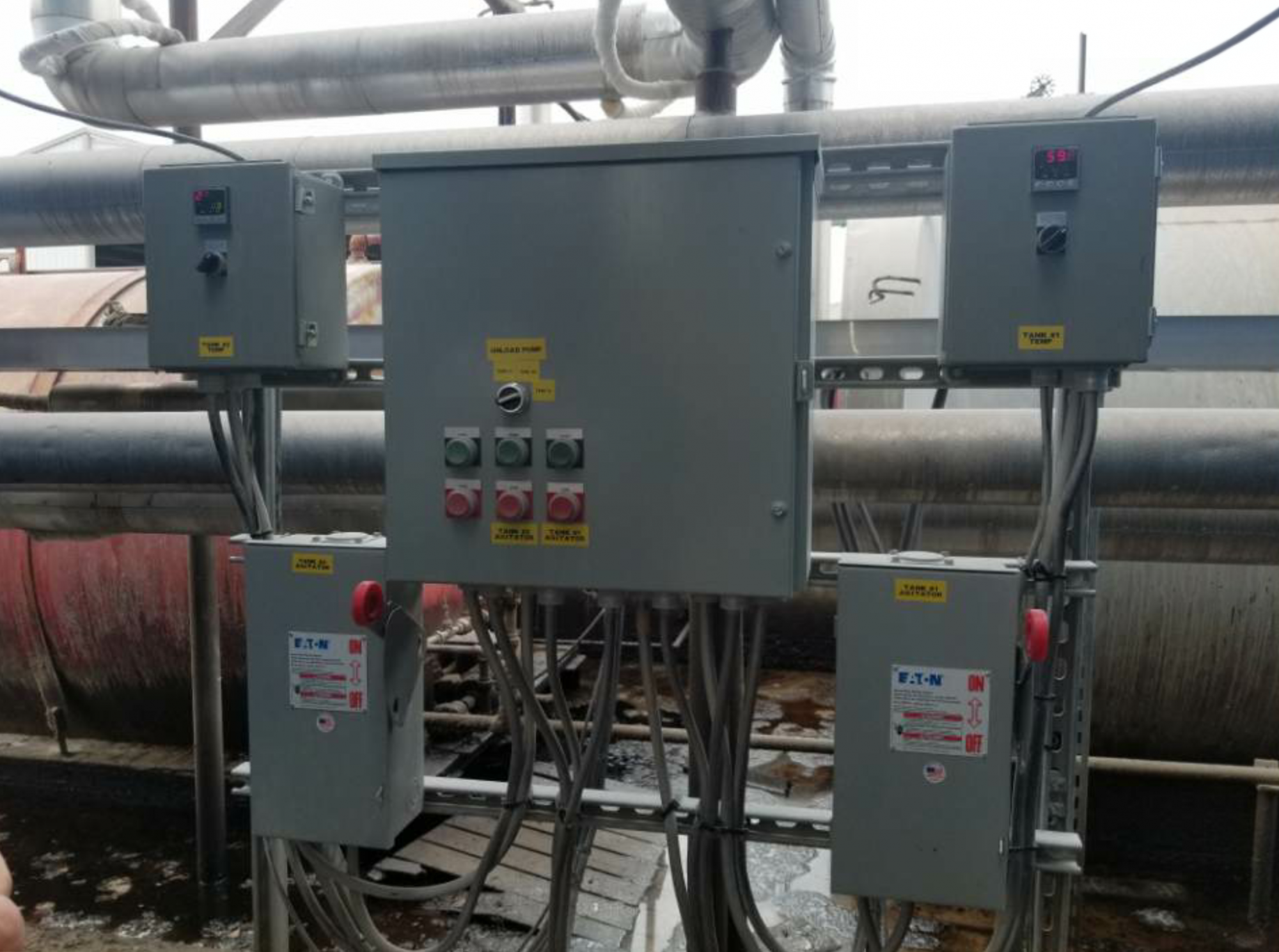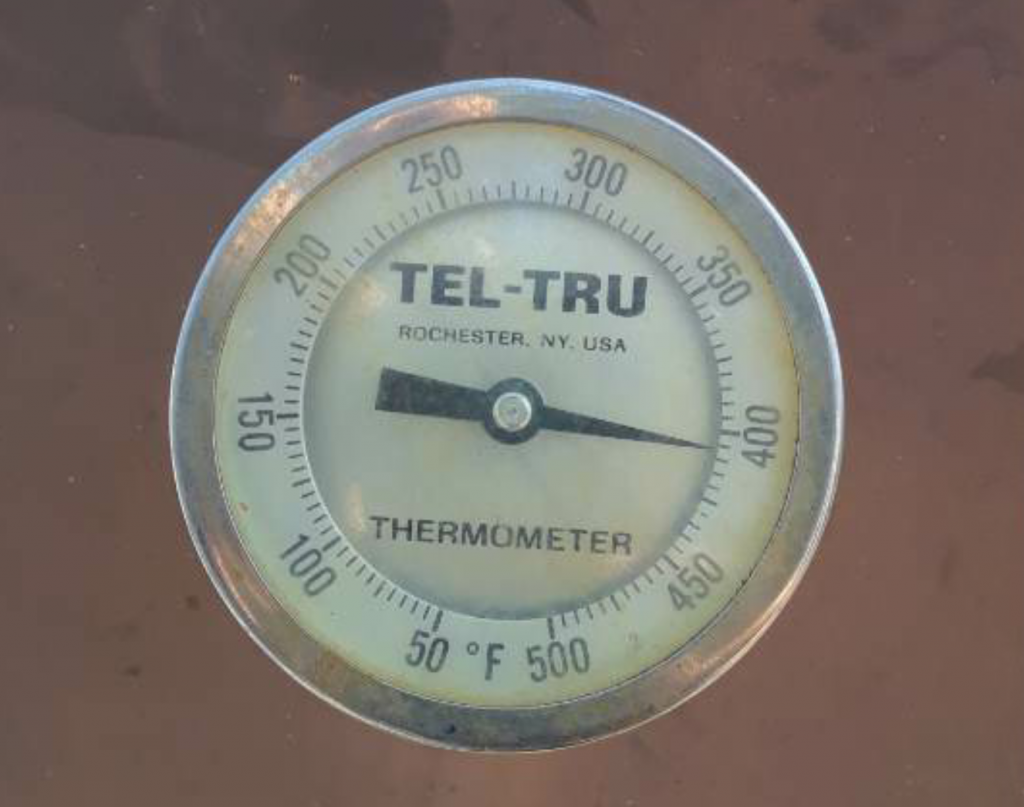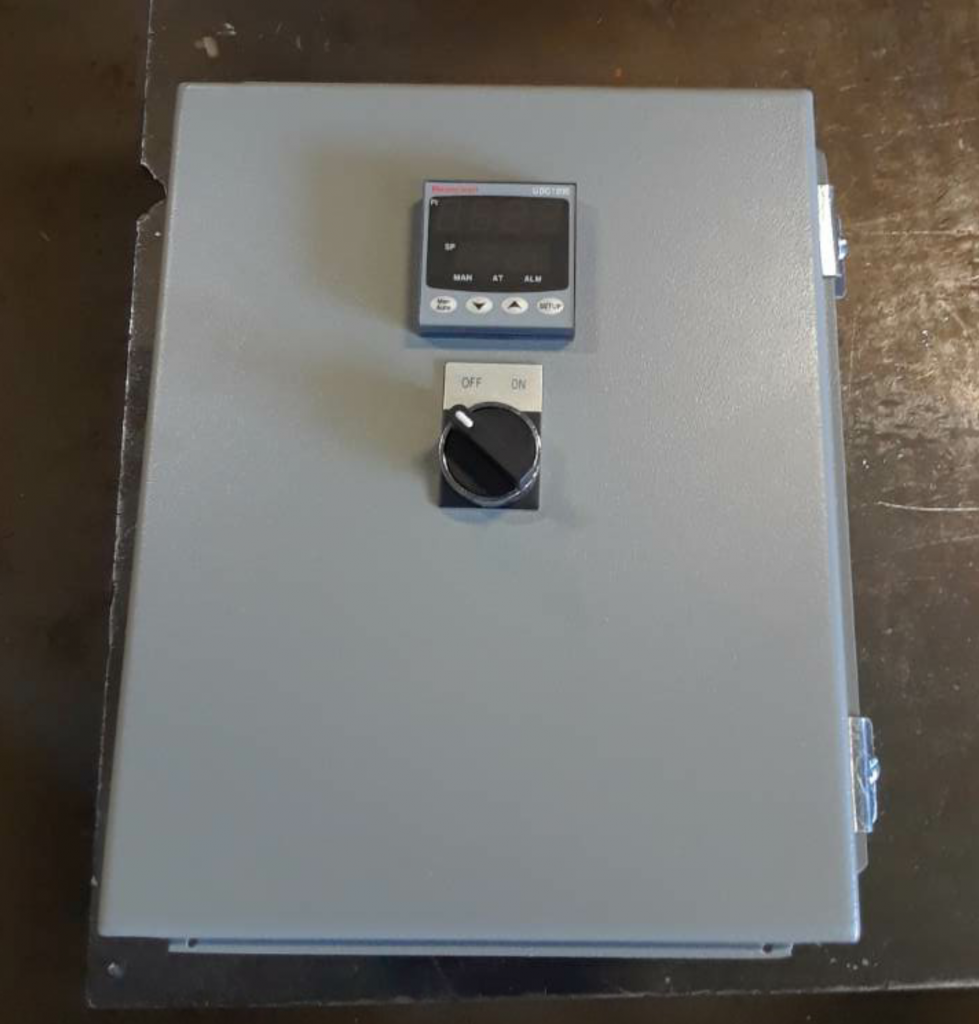Store Liquid AC at Proper Temps–Or Else
BY Len Newton

Storing liquid AC at temperatures above that particular performance grade asphalt’s temperature design range will burn off the material’s light ends. When this happens, not only will the tank release blue smoke, but you will also be damaging the liquid AC.
The Problem

Storing liquid AC at temperatures above its design range will burn off the material’s light ends, resulting in blue smoke and damage to the product.
Let’s say a producer has three AC tanks. One is storing PG64-22 at 290 degrees Fahrenheit, another is storing PG58-24 at 280 degrees, and they have a load of PG76-22 polymer coming in that needs to be stored at 345 degrees.
Often, they’ll raise the temperature on the whole heat system to get that one tank to the right temperature they need. However, by raising the temps on all the tanks, they start burning off the light ends for other products.
This has the same effect on your mix as overheating the mix itself during production. The AC crystallizes and loses its ability to bond. While the mix may seem okay when you first put it down, it’ll begin to ravel shortly after.
The Solution

Every plant should be able to control the temperature of each tank independently of whatever temperature the hot oil heater is set to, with the use of independent tank temperature controls.
If you cannot heat two different tanks filled with two different products at two different temperatures simultaneously, then you have a problem.
Every plant should be able to control the temperature of each tank independently of whatever temperature the hot oil heater is set to. Independent tank controls allow the hot oil heater to run at an elevated temperature and throttles the hot oil heating the tanks that require a lower temperature.
Many asphalt plants have independent temperature controls built in, and you must keep these controls in good working order. If the controls stop working, you might be tempted to take the actuator off and manually open the valve to keep everything hot. Even though you’re getting the heat you need this way, you need to repair those controls or all of the tanks will be at whatever heat you have the heater set to regardless of what that AC should be stored at.
Plants that do not have independent temperature controls can be retrofitted to have this capability. This may require some replumbing of the hot oil system, including adding some automation in the form of three-way valves and actuators. But it is possible to create a system where the valve opens and closes to throttle heat in each tank at a regulated temperature.
At the end of the day, every plant needs to have the capability to heat every liquid they store at the appropriate temperature. And there are no scenarios in which it’s appropriate to store liquid AC above its temperature design range.
Len Newton started in the asphalt industry August 1980 working for his step-father as a laborer. By 1986 he was a plant manager with his own plant. In 1994 he became an asphalt operations manager and was serving on the Carolina Asphalt Producers Association’s environmental committee. In 2003 he started his own service company called Asphalt Plant Services. Since 2010 he has been doing field service work with Reliable Asphalt Products, Shelbyville, Kentucky.
